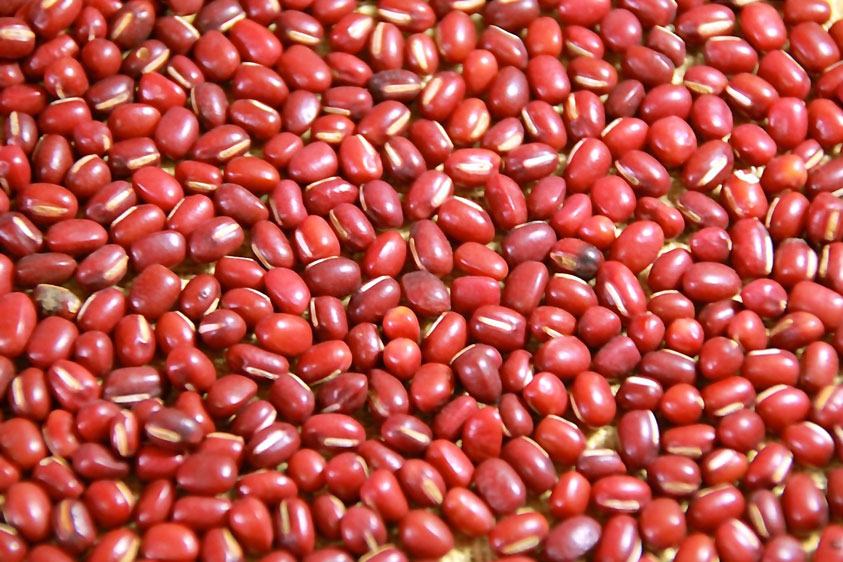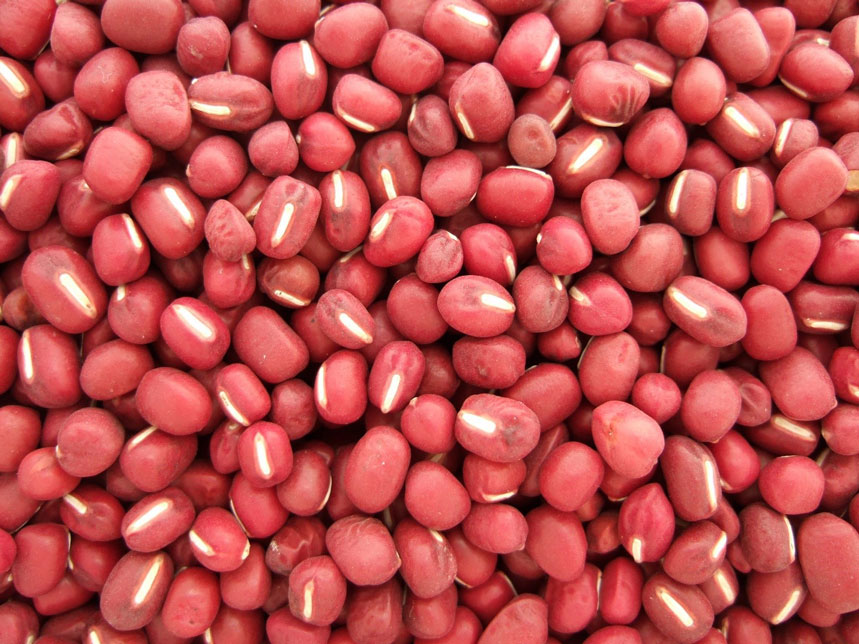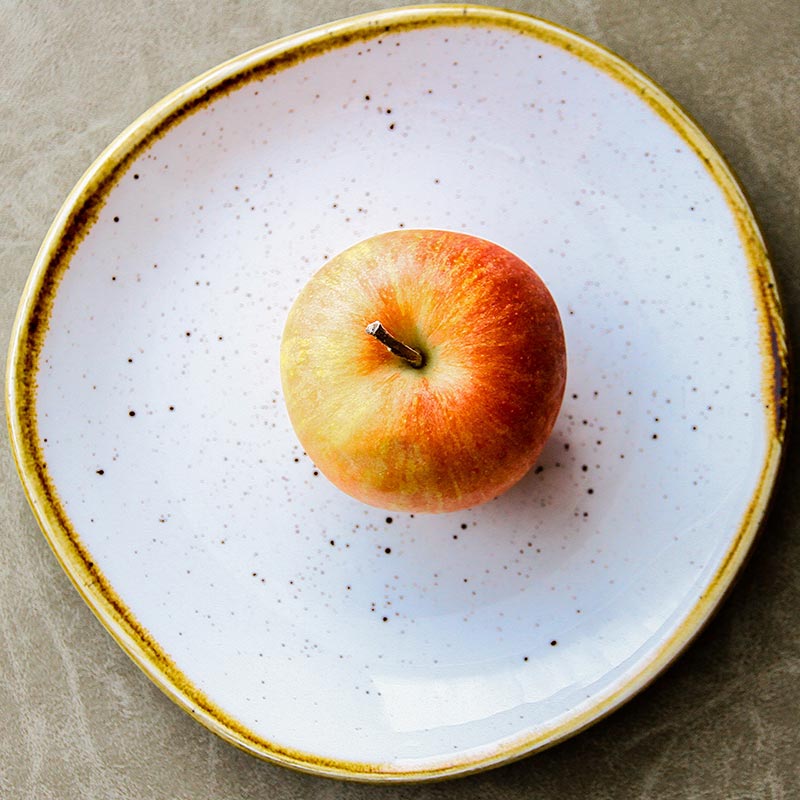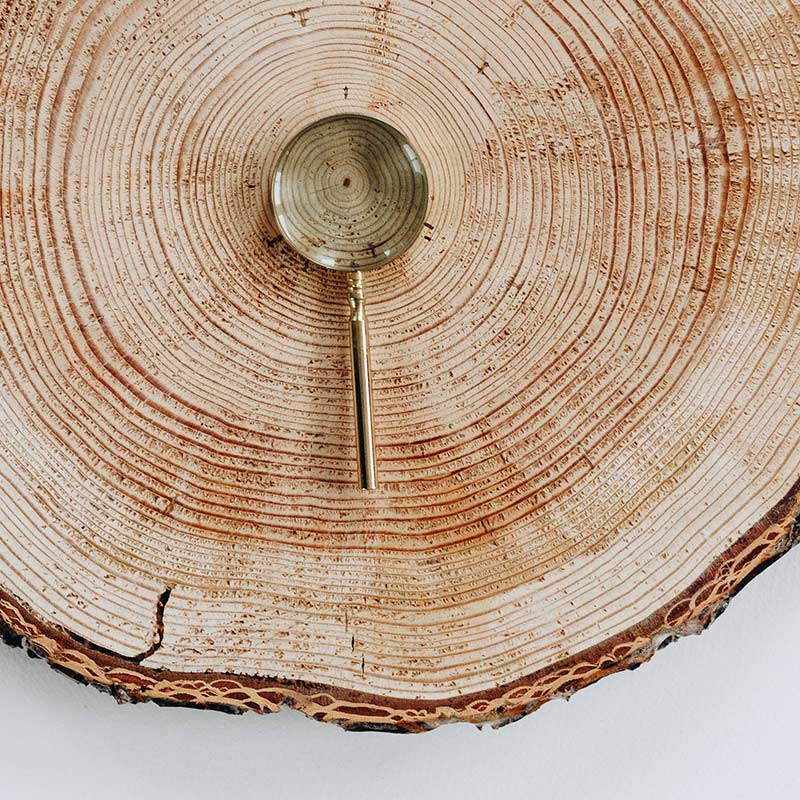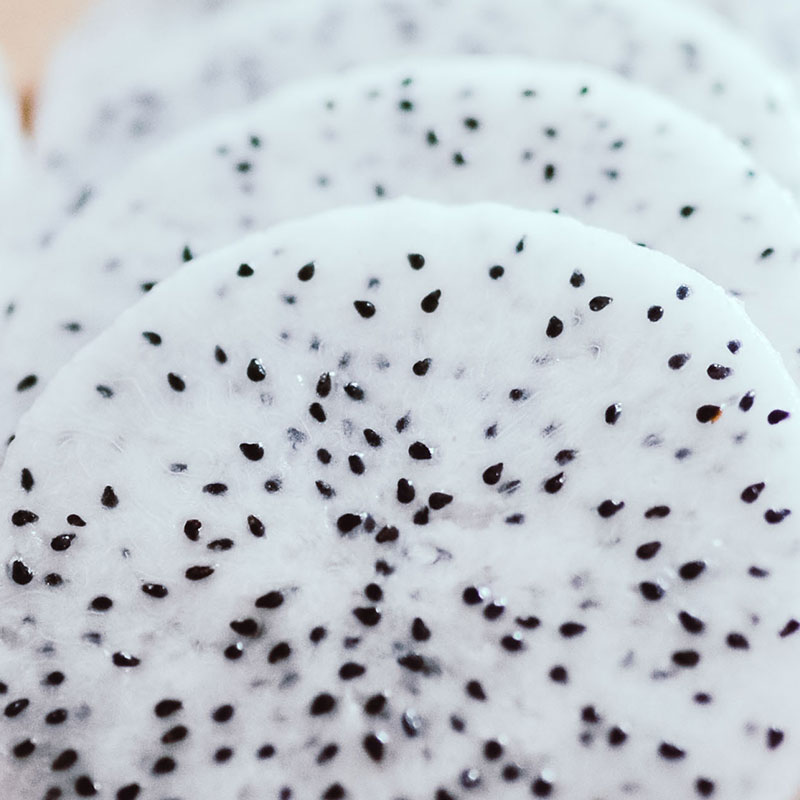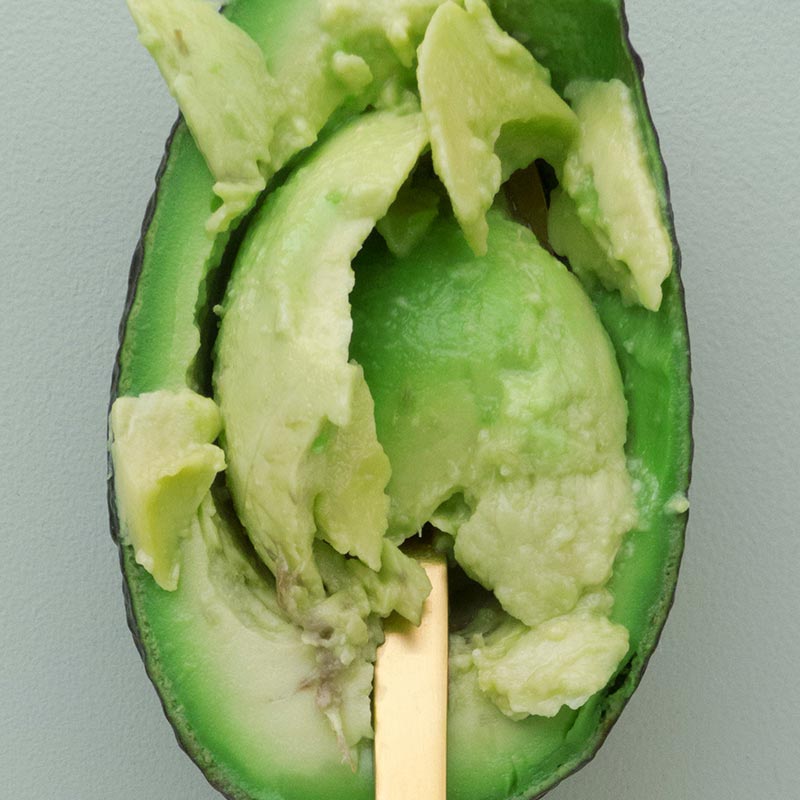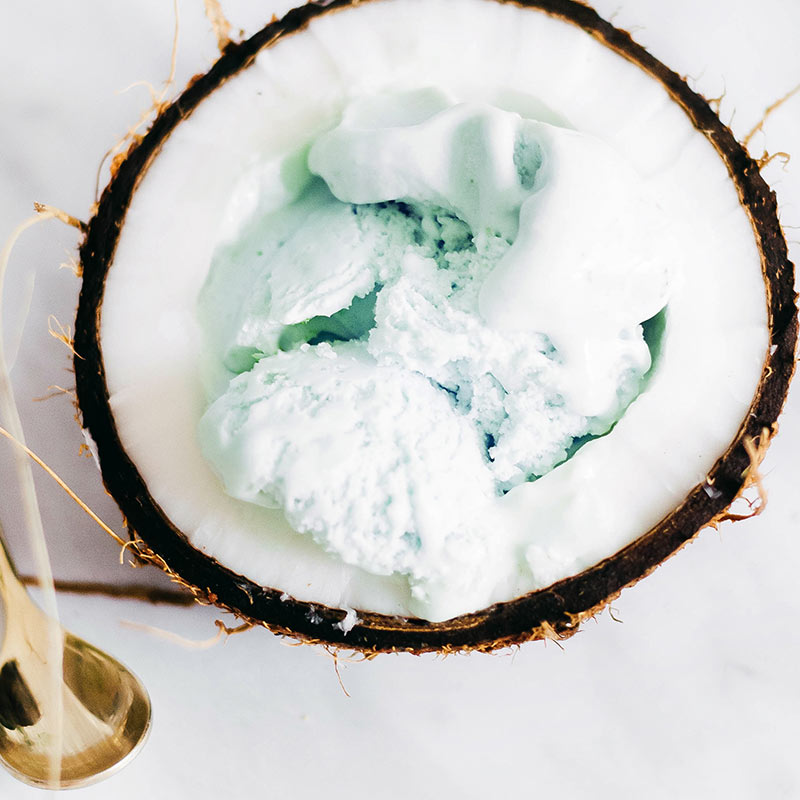Azuki (ah-ZOO-kee) bean popsicles are not going to catch on in Greene County, Iowa. But that is okay with the azuki bean farmers of the Greene Bean Project, as long as their beans remain a popular dessert ingredient in Japan. This small group of central Iowa farmers has diversified beyond corn and soybeans to several varieties of dry edible beans, seeking greater profits in niche markets with alternative crops. It is a long way from Greene County to azuki bean popsicles in a Tokyo convenience store freezer case, and these farmers’ experience is a case study on the challenges of pursuing niche markets overseas.
The Greene Bean Project began with an exasperated small-town banker. Tired of hearing local farmers complain about the low returns on soybeans, he asked his customers, “Well, why don’t you grow something else?” Several Greene County farmers came together with a steering committee in 2000, working with Iowa State University Extension and the Agricultural Marketing Resource Center to investigate higher-value alternative crops that could be grown using farmers’ existing equipment. 2001 was their first growing season, with twenty-four farmers experimenting with about 450 acres of black beans, garbanzo beans and azuki beans
Azuki beans were the focus of a market research trip to Japan by two of the Greene Bean Project farmers in July 2003. Azuki (Vigna angularis) are small red beans (roughly the size and shape of Tic-Tac mints) used in East Asian foods, primarily in Japan. Most of the world’s azuki production is in Japan and China, but the United States has grown some for export in traditional dry bean farming states such as Michigan, Idaho and Washington. Japanese farmers produce azuki on small plots using riding lawnmower-sized machinery or even hand cultivation, weeding and harvesting, but the Greene Bean Project farmers use their conventional soybean planters and combines for azuki with only minor modifications.


